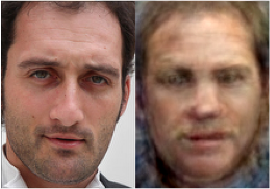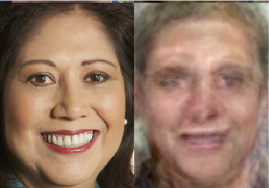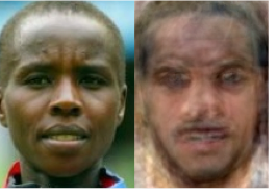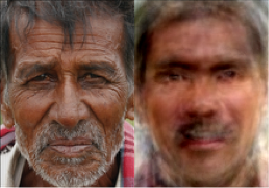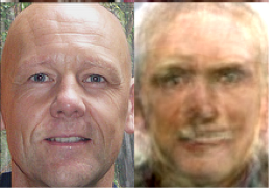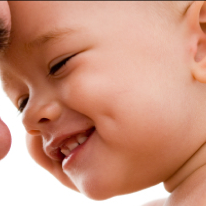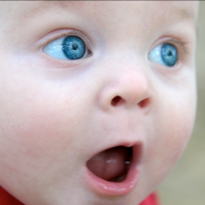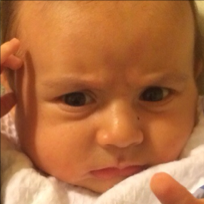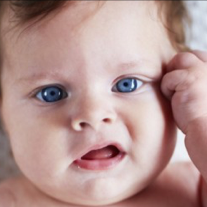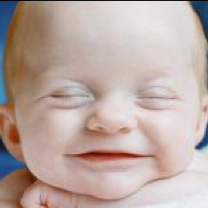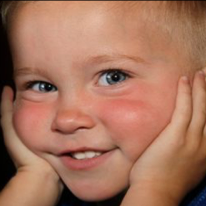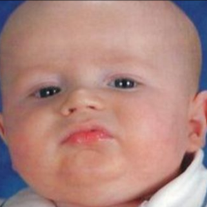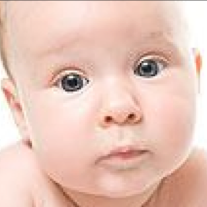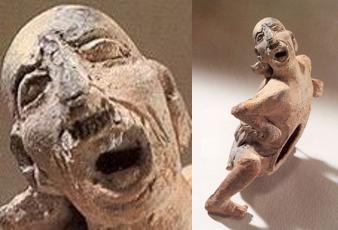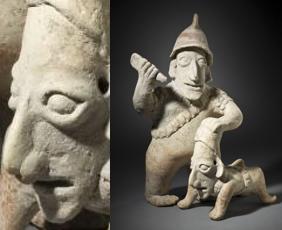My publications
Self-report captures 27 distinct categories of emotion bridged by continuous gradients. Proceedings of the National Academy of Sciences, 2017. See press release.
Mapping the passions: Toward a high-dimensional taxonomy of emotional experience and expression. Psychological Science in the Public Interest, 2019.
Neural portraits of perception: Reconstructing face images from evoked brain activity. NeuroImage, 2014. See press release.
The recognition of 18 facial-bodily expressions of emotion across nine cultures. Emotion, 2019.
How many different kinds of emotion are there? Frontiers for Young Minds, 2018.
What music makes us feel: Uncovering 13 kinds of emotion evoked by music across cultures. Proceedings of the National Academy of Sciences, 2020. See press release.
Clarifying the conceptualization, dimensionality, and structure of emotion. Trends in Cognitive Sciences, 2018.
Mapping 24 emotions conveyed by brief human vocalization. American Psychologist, 2018. See press release.
The primacy of categories in the recognition of 12 emotions in speech prosody across two cultures. Nature Human Behavior, 2019.
What Basic Emotion Theory really says for the 21st century study of emotion. Journal of Nonverbal Behavior, 2019.
Emotional expression: Advances in basic emotion theory. Journal of Nonverbal Behavior, 2019.
The neural representation of emotion is high-dimensional, categorical, and distributed across transmodal brain regions. bioRxiv, 2019.
EEV Dataset: Predicting expressions evoked by diverse videos (using machine learning). arXiv, 2020.
GoEmotions: A dataset of fine-grained emotions. Association for Computational Linguistics 2020.
Forthcoming
Deep learning reveals global contextual correlates of 16 dimensions of expression.
Four dimensions of demographic and personality-based moral variation.
Mapping the varieties of humor signaled by different laughs.
Universal dimensions of facial expression uncovered in art of the ancient Americas.
Social-affective dimensions of tuning to faces in occipital-temporal cortex.
Darwin’s emoji: accuracy, structure, and intensity bias in the recognition of 51 states.
Representations of the animacy, semantic and affective content of natural images in occipito-temporal cortex.
Related work
Kragel et al.: Emotion schemas are embedded in the human visual system. Science Advances, 2019.
Keltner: Toward a consensual taxonomy of emotions. Cognition and Emotion, 2019.
Vemulapalli & Agarwala: A compact embedding for facial expression similarity. CVPR, 2019.
Zhang & Hong: Top Shot on Pixel.
Koide-Majima et al.: Distinct dimensions of emotion in the human brain and their representation on the cortical surface. bioRxiv, 2018.
Seo et al.: Intense threat switches dorsal raphe serotonin neurons to a paradoxical operational mode. Science, 2019. See: Cowen: Neurobiological explanation for diverse responses associated with a single emotion. Science eLetter, 2019.
Jeff Dean: Google Research: Looking back at 2019, and forward to 2020 and beyond.
